I’ve been interviewed by the Mind over Splatter podcast episode on the Hellraiser horror movie franchise. (Starts around 24:30)
The People Under The Stairs (1991) is a horror film written and directed by Wes Craven
Though categorized as horror, People is better understood as a contemporary Gothic fable. A young African-American man, known by his nickname “Fool”, is desperate to help his poor family in the ghetto. He breaks into the sprawling home of a wealthy couple who are the neighborhood landlords. The couple, who call each other “Daddy” and “Mama”, look and act like they stepped out of the 1950s, but they and their house is not what they seem. (They’re a bit like Paul and Mary from Eating Raoul, just taken a few steps further.)
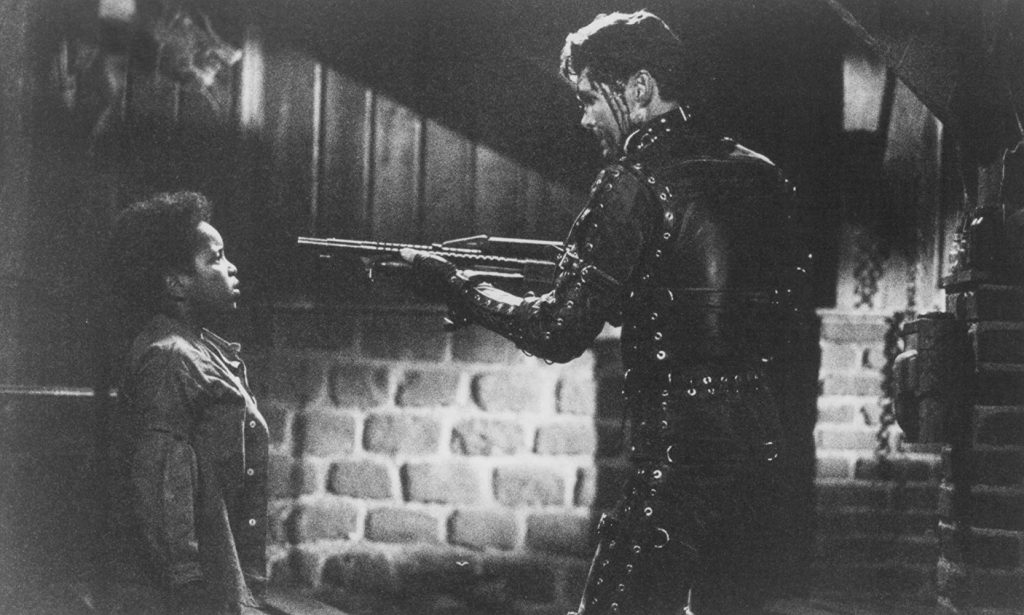
Because they didn’t live up to Clive Barker’s original novella:
He had anticipated this moment so keenly, planned with every wit he possessed this rending of the veil. In moments they would be here—the ones Kircher had called the Cenobites, theologians of the Order of the Gash. Summoned from their experiments in the higher reaches of pleasure, to bring their ageless heads into a world of rain and failure.
He had worked ceaselessly in the preceding week to prepare the room for them. The bare boards had been meticulously scrubbed and strewn with petals. Upon the west wall he had set up a kind of altar to them, decorated with the kind of placatory offerings Kircher had assured him would nurture their good offices: bones, bonbons, needles. A jug of his urine—the product of seven days’ collection—stood on the left of the altar, should they require some spontaneous gesture of self-defilement. On the right, a plate of doves’ heads, which Kircher had also advised him to have on hand.
[…]
The doorway was even now opening to pleasures no more than a handful of humans had ever known existed, much less tasted—pleasures which would redefine the parameters of sensation, which would release him from the dull round of desire, seduction and disappointment that had dogged him from late adolescence. He would be transformed by that knowledge, wouldn’t he? No man could experience the profundity of such feeling and remain unchanged.
Hellraiser Bloodline (1996) is the fourth film in the Hellraiser franchise. It was also the last to be released in theatres and the last to have Clive Barker as a writer, director or producer. Directed by “Alan Smithee”, actually Keven Yagher, who is primarily a makeup artist, and written by Peter Atkins, who also wrote the second and third films.
Hellraiser: Bloodline starts off promising, but dissolves into a mess. Lots of plot threads dangle, lots of things happen for no reason. Apparently, this was a troubled production, which would explain why the director took his name off the picture, replaced by the “Alan Smithee” credit.
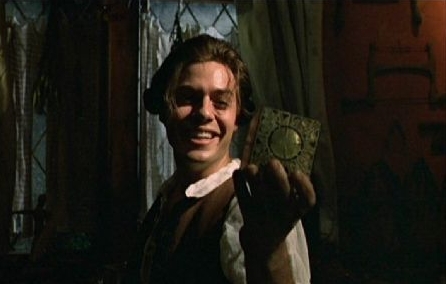
Hellraiser III: Hell On Earth (1992) is the third entry in the Hellraiser franchise, and it benefits from a more conventional story structure. The new protagonist, Joey Summerskill, is introduced early to replace Kirsty Cotton (Ashley Laurence has a cameo on video recording).

Hellbound: Hellraiser II was released only a year after the original, with a larger budget and mostly the same cast. Clive Barker wrote the story and served as executive producer. However, the sequel gets further away from what I thought of as the main themes of the franchise.
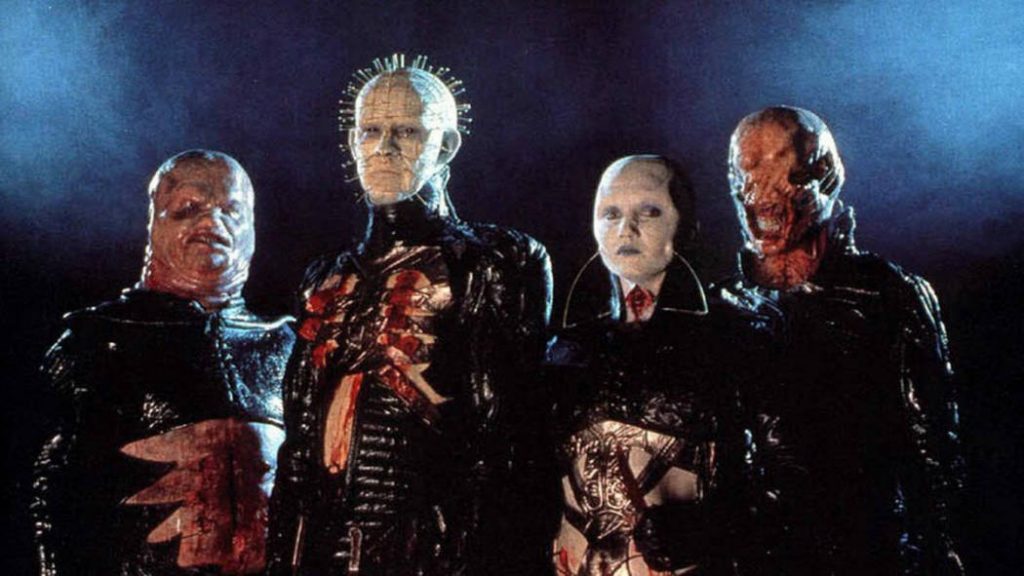
Hellraiser is a 1987 horror film, based on a novella, “The Hellbound Heart”, by Clive Barker, and the film was also written and directed by Barker.
For the notoriety attached to the Hellraiser franchise, there’s very little of the hyper-sadomasochistic Cenobites and their apparent leader, the iconic Pinhead, in the first film. The Cenobites are a background threat to the main action. They appear in only a few scenes, and there’s little exploration of what they’re about.
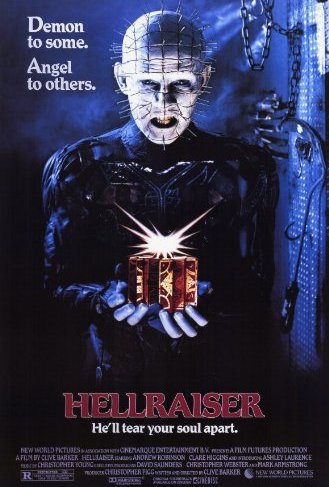
From Beyond is a 1986 horror-science fiction film, directed by Stuart Gordon. It’s based on the short story of the same name by HP Lovecraft. The film takes a lot of liberties with the original story, particularly in the realm of adding T&A to the story, probably to increase the commercial appeal.
Lovecraft’s fiction generally revolved around the idea that there are hidden realms, just on the threshold of human perception, and his characters are simultaneously fascinated and terrified by these realms and their inhabitants.
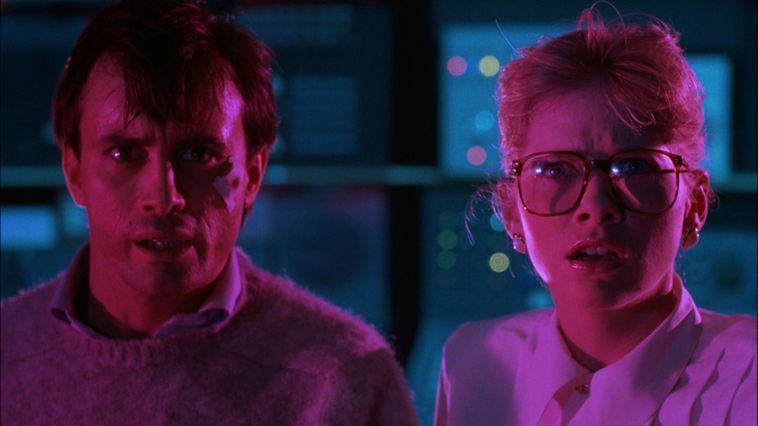
The basic premise of the story and film is the invention of a device, “the resonator”, which makes an unseen world, which exists in parallel to our own reality, visible and tangible. The problem is that the device attracts creatures from this other realm and allows them attack people. In the film, the device’s creator, Dr. Crawford Tillinghast (Jeffrey Combs), is accused of killing and decapitating his colleague and financial backer, Dr. Edward Pretorius (Ted Sorel). (Pretorius, incidentally, is the name of another mad scientist in the 1935 Bride of Frankenstein.)
Continue reading »Videodrome (IMDB) is a 1983 science fiction/thriller film written and directed by David Cronenberg, and starring James Woods and Deborah Harry.

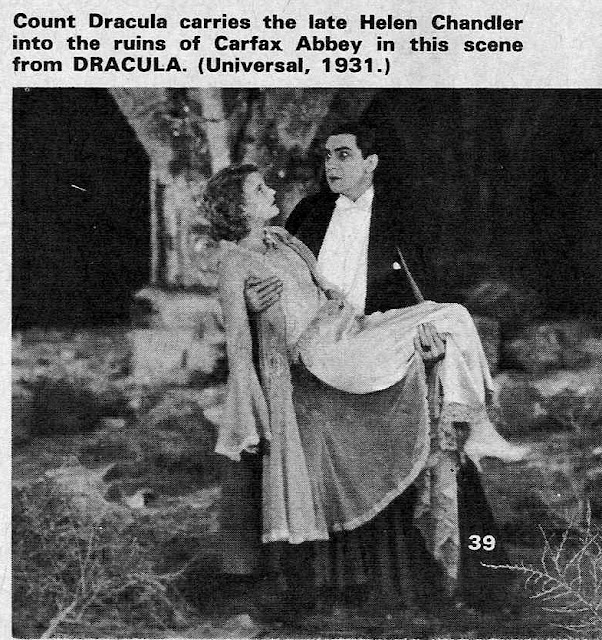
My Retrospace has a feature on the “monster carrying woman” shot, so ubiquitous in horror/Gothic film that Famous Monsters of Filmland remarked upon it.
